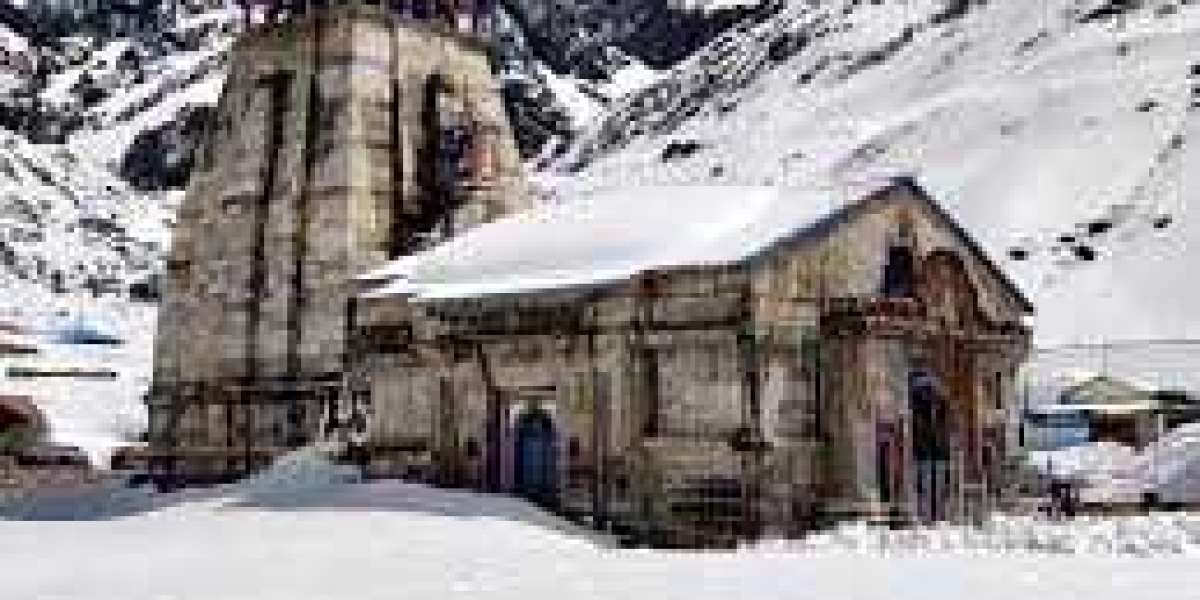Kedarnath Yatra is one of the most revered pilgrimages in India, dedicated to Lord Shiva. It is part of the Chardham Yatra which operated by several Travel Agents in Haridwar and is also one of the twelve Jyotirlingas, making it a significant spiritual journey for devout Hindus. Located in the Rudraprayag district of Uttarakhand, the temple is situated at an altitude of 3,583 meters (11,755 feet) amidst the stunning backdrop of the Garhwal Himalayas. The temple is accessible only during specific months due to the harsh winter climate and snowfall in the region.
Historical and Mythological Significance
Kedarnath is steeped in mythology and history, with its origin linked to the epic Mahabharata. It is believed that after the Kurukshetra War, the Pandavas sought Lord Shiva’s forgiveness for killing their kin. Lord Shiva, not wanting to forgive them easily, disguised himself as a bull and hid in the Himalayas. When the Pandavas found him, Shiva dived into the ground, leaving only his hump visible at Kedarnath. The Pandavas built the temple here to honor Shiva.
Another legend states that Adi Shankaracharya, the great 8th-century philosopher, established the temple to promote Hinduism, and it remains a major pilgrimage site in India today.
Significance of Kedarnath Yatra
- Spiritual Cleansing: A pilgrimage to Kedarnath is believed to wash away sins, helping devotees attain moksha (liberation from the cycle of life and death). Kedarnath is considered to be a place where Lord Shiva resides, offering solace and spiritual upliftment to those who seek his blessings. Book your Yatra with Chardham Yatra Tour Operators for good experience.
- Jyotirlinga: Kedarnath is one of the twelve Jyotirlingas—divine representations of Lord Shiva. Visiting a Jyotirlinga is believed to fulfill desires and bestow divine blessings. It is also part of the Panch Kedar, five important temples of Shiva in the Garhwal Himalayas.
- Pandavas and Karma: According to mythology, the Pandavas sought forgiveness for their sins at Kedarnath. Therefore, a visit here is associated with penance and redemption.
- Natural Beauty and Serenity: Beyond its religious significance, the Kedarnath Yatra takes pilgrims through some of the most breathtaking landscapes in the Himalayas, making it a spiritual as well as a soul-soothing experience.
Kedarnath Temple Structure
The Kedarnath Temple is made of massive stone slabs and is believed to have been built over a thousand years ago. Despite harsh weather conditions, the structure has withstood the test of time, reflecting the enduring devotion to Lord Shiva. Inside the temple is a conical-shaped lingam, representing the hump of the bull (Shiva in his disguise).
Yatra Details and Accessibility
- Best Time to Visit: The temple is open to pilgrims from April/May to October/November, depending on weather conditions. The doors of the temple open on the auspicious day of Akshaya Tritiya and close on Bhai Dooj (two days after Diwali).
- Route and Trek:
- The yatra usually begins from Haridwar or Rishikesh, from where pilgrims travel to Gaurikund (the base camp for Kedarnath) by road.
- From Gaurikund, there is a 16-kilometer trek to the temple. Pilgrims can either walk, hire ponies, or use helicopter services for a quicker journey. Trek with Tour Operators in Uttarakhand.
- Helicopter Services: Many pilgrims opt for helicopter services from Phata, Guptkashi, or Sersi, which significantly reduce the travel time and physical exertion of the trek.
- Accommodations: Accommodations range from budget guesthouses to more comfortable lodges in nearby towns like Guptkashi and Sonprayag. In Kedarnath itself, facilities are more basic, but options for a stay include dharamshalas and camps.
- Weather Conditions: The climate is extremely cold, even in summer, with temperatures dropping to sub-zero levels at night. Monsoon months (July-August) should be avoided due to the risk of landslides.
The Kedarnath Yatra is not just a pilgrimage but a journey of faith, endurance, and spiritual elevation. The remote location, stunning Himalayan landscapes, and the deep mythological significance make this a must-visit for those seeking divine blessings from Lord Shiva. The experience of visiting Kedarnath is transformative, offering pilgrims a chance to connect with the spiritual and natural beauty of one of the holiest places in India.








